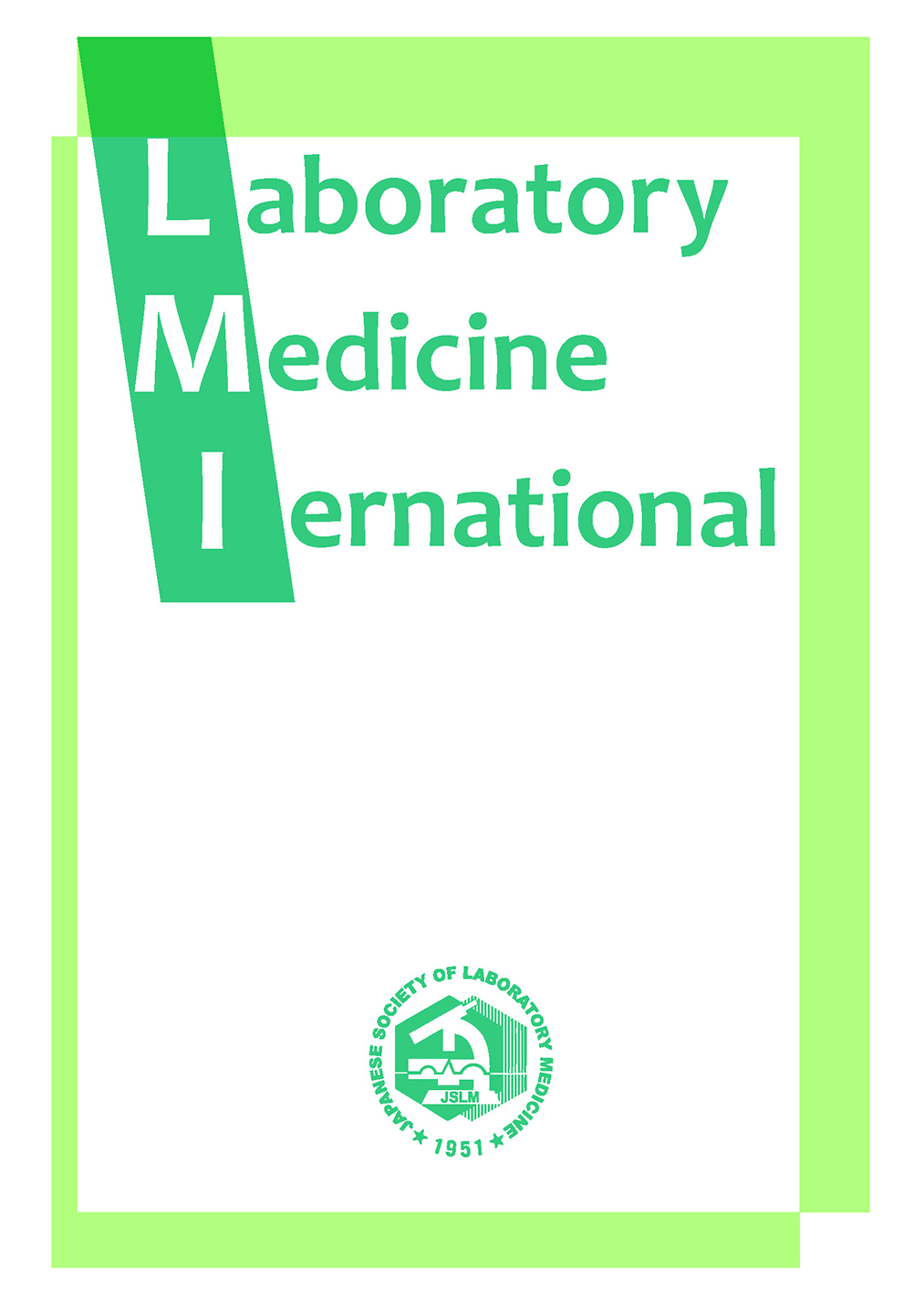Volume 2, Issue 3
Displaying 1-5 of 5 articles from this issue
- |<
- <
- 1
- >
- >|
Editorial
-
Article type: Editorial
2023Volume 2Issue 3 Pages 39-
Published: 2023
Released on J-STAGE: December 29, 2023
Download PDF (142K) -
Article type: Editorial
2023Volume 2Issue 3 Pages 40-41
Published: 2023
Released on J-STAGE: December 29, 2023
Download PDF (146K)
Original
-
Article type: Original
2023Volume 2Issue 3 Pages 42-49
Published: 2023
Released on J-STAGE: December 29, 2023
Download PDF (474K) -
Article type: Original
2023Volume 2Issue 3 Pages 50-59
Published: 2023
Released on J-STAGE: December 29, 2023
Download PDF (378K) -
Article type: Original
2023Volume 2Issue 3 Pages 60-66
Published: 2023
Released on J-STAGE: December 29, 2023
Download PDF (1907K)
- |<
- <
- 1
- >
- >|
